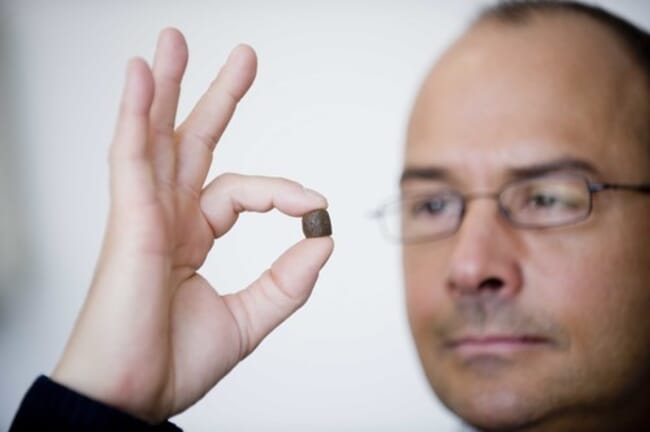
Food production accounts for around a quarter of the world’s greenhouse gas emissions, and the new range recognises the considerable opportunity to minimise the carbon dioxide (CO2) emissions generated by the aquaculture feed production process and the fish farming sector.
According to Skretting, the range of Feed4Future feeds allow 10 percent reduction in carbon footprint compared to standard diets, with the remaining CO2 emissions compensated for by carbon credits, related to the Agrocortex REDD+ (Reducing Emissions from Deforestation and Forest Degradation) project in Brazil.
This first-to-market offering contains sustainable, lower impact feed ingredients responsibly sourced from carefully selected suppliers.
“With the spotlight on the impacts of food production, Feed4Future can take Italian aquaculture to new levels of sustainability. With 80 percent of fish farms’ carbon footprint related to feed, its application means that together we are taking effective action against one of the most far-reaching issues facing our planet today – climate change,” says Umberto Luzzana, Skretting Italy marketing manager.
For those producers looking to operate fully carbon neutral farms, Skretting has developed CarbonBalance, a new programme supporting fish farmers and helping them achieve this ambition.
Following an initial assessment of each farm site, Skretting calculates the carbon footprint, identifies measures to reduce it, and then works together with customers to achieve full neutrality. CarbonBalance also provides links to those third-party certification bodies that are already onboard with the programme, and will offer support in communicating these actions to the market. Amongst other things, it will explain what makes these fish carbon neutral and the contribution they are making to sustainable food production.
“In a market that is increasingly informed and sensitive to environmental issues, the combination of Feed4Future and CarbonBalance is a unique opportunity for responsible companies to contribute to healthy and resilient food systems, whilst enhancing their product offering and establishing a stronger competitive advantage,” adds Luzzana.
